-

-

-
 Fred Pollock in his studio. Photo credit Sean Pollock.
Fred Pollock in his studio. Photo credit Sean Pollock.Artist of the Month: June
Fred PollockWaterhouse & Dodd in London are delighted to announce the representation of Fred Pollock. Born in Glasgow in 1937, Fred studied at the Glasgow School of Art before moving to London, showing at the influential Stockwell Depot in the 1970s. His work was included in ‘British Painting 1952-77’ at the Royal Academy in 1977, and in the 1980s he began a series of solo shows at the Vanessa Devereux Gallery, London. In 1980 he was included at the Hayward Annual, and in 1982 his painting was displayed at the Serpentine Gallery Summer Show. His work is in numerous public and private collections, including the Arts Council and the Scottish Arts Council. His painting is characterised by wonderfully expressive brushwork and use of colour.
-
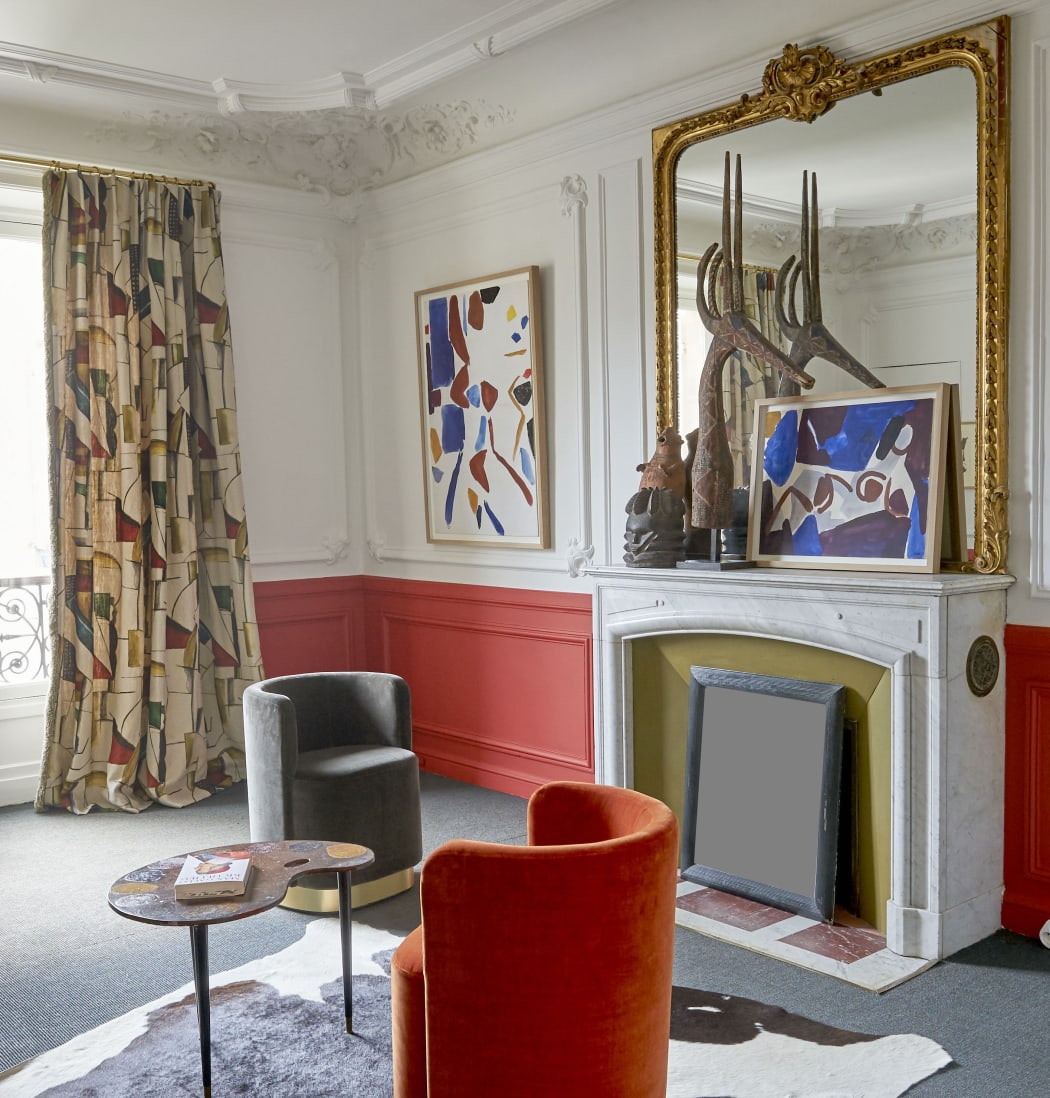
Artist of the Month: May
Jacques NestléSince the 1980s one of our distinctive features as a gallery was bringing hitherto little known artists, or at least not households, to the attention of our clients – 20th century painters, mainly French, capable of extraordinary work but perhaps unable to sustain a career at the very highest level. Thirty years ago there seemed to be a limitless supply of such artists, via our network of contacts among dealers, auctions and estates. Nowadays it’s hard to find other than a few isolated works.
Our artist of the month for May, Jacques Nestlé, reminds me of those times. He is not a household name, but a remarkable artist with a unique vision who was well respected by the avant-garde painters of his time. Only recently has he been the subject of a couple of retrospective exhibitions and his prices remain eminently affordable. They also capture perfectly the chic spirit of 1950s and 1960s Paris that is so much in vogue now.
-
 Georges Folmer in his studio in La Ruche, 1964
Georges Folmer in his studio in La Ruche, 1964Artist of the Month: March
Georges FolmerWaterhouse and Dodd is pleased to feature the late Georges Folmer as our Artist of the Month for March 2021. It has been our privilege to represent the artist’s estate since 2006, and to work alongside the artist’s daughter Catherine Santoni-Folmer promoting his works and exhibiting them around the world.
After the Great War and a period spent as a costume designer, Folmer’s career as a painter progressed with a remarkable sense of certainty as he experimented with complex ideas and pushed his art into new and challenging areas. In the 1920s his works bore the influence of Synthetic Cubism, as he pulled apart figures and natural forms and reassembled them into pleasing spatial arrangements. Over the next decade these works gradually became more purely abstract, losing their associations with the natural world as they became more dependent upon pure geometry. From the 1940s onwards, his works were underpinned by his research into pure mathematics and ancient and contemporary theories of geometry, but they retained a delicacy and a lightness of touch, and often a playfulness as abstract forms touch and collide or stay tantalisingly apart within an artificially suggested perspective. Folmer remained a devoted Constructivist to the end of his life, championing its principals through his work with the Salon des Réalités Nouvelles – he was described by Michel Seuphor in ‘L’Oeil’ as “one of the moral pillars of the Salon des Réalités Nouvelles” - and with the Groupe Espace and the Groupe Mesure that he founded in 1961.
Folmer’s experiments with new materials were often simply the result of shortages. Thus during the 1940s, with a lack of oil paints but the ready availability of printing inks from a neighbour, he set about inventing new ways of painting, creating an array of hand-made rollers tools for applying the inks to paper. At about the same time, when seeking to express his ideas in 3-dimensions, he went scavenging for pieces of wood, mainly splintered railway sleepers, that littered the wasteland that is now the Péripherique. These he would shape and paint and then assemble into abstract forms, creating some of the earliest ‘assemblages’ of the 20th century. Later, in the 1960s, Folmer sought to bring movement to his art through his experiments in kinetic art, creating a series of ‘roto-peintures’ with painted elements that could be turned or twisted to change the composition.

Interior of Georges Folmer's studio, circa 1960.
There were a number of museum shows of his works during his own lifetime, and when he died his daughter was entrusted with the task of continuing that work. As a result since 1977 there have been a dozen museum exhibitions devoted to his art, with as many museums and public collections buying examples for their permanent collections. Five years ago a 300+ page catalogue raisonné of his work was published, with both French and English editions, and the art historian Lydia Harambourg is now writing a shorter illustrated monograph on Folmer for publication within the next year.
The catalogue for our latest exhibition of Folmer’s works - Il n’y a pas de hasard en Art / There is no random chance in art - can be downloaded HERE.

Works by Georges Folmer shown at Waterhouse & Dodd London, 16 Savile Row, March 2021.
-

Artist of the Month: February
Carolina SardiWaterhouse & Dodd is pleased to feature Miami-based Argentinean sculptor, Carolina Sardi, as our February Artist of the Month. Although her work is primarily made from rigid materials such as steel and aluminum, Sardi is known for her organic sensibilities that reflect her interest in basic interactions of life. Her wall compositions, installations and free standing sculptures all utilize the space in which they occupy as a visual support, an important element in the final composition of her works. Her organic, biomorphic shapes and geometric figures evoke representations of nature, the cosmos and other natural phenomena.
-

Artist of the Month: January
Clive HeadWaterhouse & Dodd is pleased to start the new year off by featuring the celebrated artist Clive Head as our January Artist of the Month. Concerned with expressing his reality, Clive Head's work is a culmination of observation, lived experience, fears and fantasies, achieved by the re-interpretation of conventional perspective and his subject matter. His work over the last 10 years demonstrates an evolving and intricate practice, continually seeking resolution to the idea of encapsulating reality as it is experienced.
Waterhouse & Dodd's Director of Modern British, International Post-War & Contemporary Art in London, Jamie Anderson, interviews the artist on his process and the evolution of his practice over the last decade.
-

Artist of the Month: December
Kevin Vucic-ShepherdFor the month of December, Waterhouse & Dodd is pleased to highlight one of the gallery's newly represented artists, contemporary British photographer Kevin Vucic-Shepherd.
Born in Chatham, UK in 1966, Vucic-Shepherd was influenced by art, technology and architecture from an early age and went on to study architecture at the Architectural Association School of Architecture in London upon receiving a scholarship. Although the artist would move into film and photography, his photographic practice is deeply rooted in architectural principals. By examining the relationships between spaces and questioning the primacy of perspective, Vucic-Shepherd has a very unique vantage point in his subjects. Utilizing fragments from hundreds of images he’s taken of simple, everyday scenes in urban cities and landscapes, and piecing them back together without the hierarchy of perspective, Vucic-Shepherd transforms simple, banal everyday scenes into complex and revealing worlds.
-
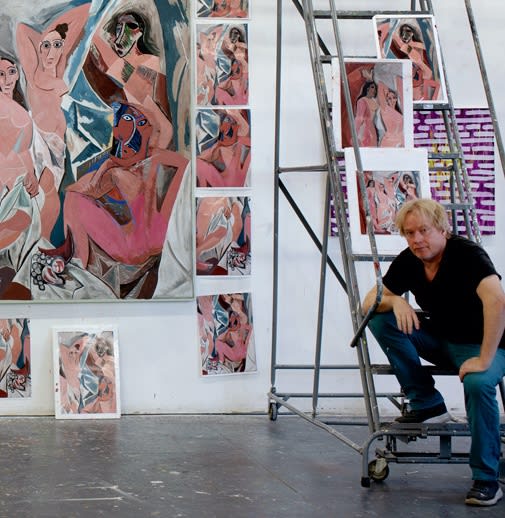
Artist of the Month: November
Doug ArgueIn honor of the release of his new monograph published by Skira, Doug Argue: Letters to the Future, Waterhouse & Dodd is pleased to again feature the remarkable artist Doug Argue as our November Artist of the Month.
-

Artist of the Month: October
Michael TaylorOur Artist of the Month for October is Michael Taylor, who later this month will have a solo show at our Savile Row gallery space. He has been represented by Waterhouse & Dodd for fifteen years, where he has held three full solo exhibitions and exhibited at numerous international art fairs. Ahead of the exhibition he (virtually) sat down with Director Jamie Anderson to discuss the changes and constants in his work over his career.....
-
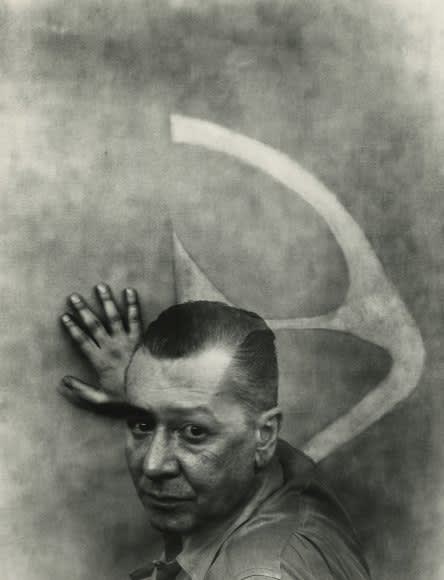
Artist of the Month: September
William BaziotesWaterhouse & Dodd is pleased to bring into spotlight William Baziotes by selecting him as our Artist of the Month for September. Part of the progressive New York art scene in the 1940s and 1950s, Baziotes certainly deserves more of the acknowledgment given to his friends and counterparts such as Gottlieb and Masson, though perhaps not as much as other artistic colleagues such as Rothko and Motherwell. While his artworks do not strictly belong to any particular movement or style, floating between Surrealism, Color Field, and Abstract Expressionism, Baziotes made a great impact on the artists of his circle and of following generations........
-
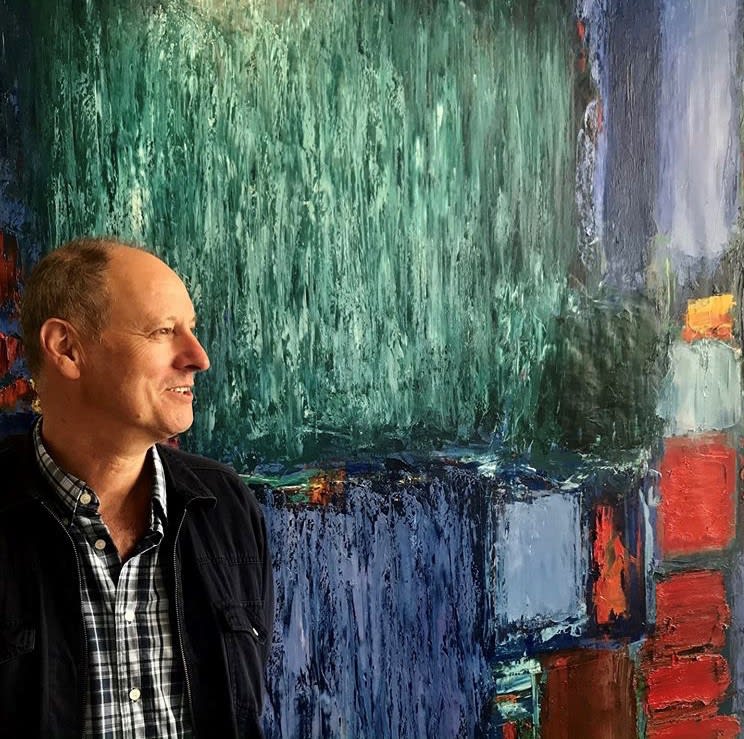
Artist of the Month: August
Martyn BrewsterWe are delighted to announce Martyn Brewster as Artist of the Month for August. Waterhouse & Dodd has been Brewster’s exclusive gallery and agent for 9 years and has held 5 solo shows in London. Earlier this year we introduced his work to US collectors for the first time at art fairs in Palm Beach, and a number of sales resulted. An exhibition of Brewster’s paintings is planned for October in our New York gallery which will include works from the 1980s to the present day. His work is available to view in our private galleries by appointment at 16 Savile Row, London or 15 East 76th Street, New York................
-
 Jean-François Rauzier photographing in Paris, 2020.
Jean-François Rauzier photographing in Paris, 2020.Artist of the Month: July
Jean-François RauzierOur July Artist of the Month is the internationally acclaimed French photographer Jean-François Rauzier, who is Waterhouse & Dodd’s best-selling contemporary artist. We are pleased to present a new short video in which our Director of Contemporary Art in New York, Sandra Safta Waterhouse, sits down with the artist to discuss his methods, inspirations, and..........
-

Artist in Process
Kim KeeverAmerican photographer Kim Keever. Having graduated with a degree in Thermal Engineering from Old Dominion University, Norfolk, VA, Keever briefly pursued a thermal engineer career, working primarily on NASA projects. However, by the late 1970s, his passion for photography took over and he switched paths to become a full-time artist. Despite the stark contrast in direction, he has always drawn on his original vocation by retaining a scientific and innovative process in his artistic work......
-
 Doug Argue in his studio. Photo by Michael Mundy, 2020.
Doug Argue in his studio. Photo by Michael Mundy, 2020.Artist of the Month: May
Doug ArgueOur May Artist of the Month is contemporary American artist Doug Argue. Born in St. Paul, Minnesota and based in New York City, Argue’s thirty-year painting career has culminated in a striking body of abstract work that encompasses a diversity of mediums and formats. His compositional approach extends to both spatial construction and figural depiction in an oeuvre that lyrically conjures metaphors and art-historical references to the past and present.
Waterhouse & Dodd sits down with the artist to discuss his practice, inspirations, and how he's managing his creative life now......
-
 Sophie Ryder in front of her monumental bronze sculpture, Crawling, BRITISH POLO DAY in Henley on Thames.
Sophie Ryder in front of her monumental bronze sculpture, Crawling, BRITISH POLO DAY in Henley on Thames.Artist of the Month: April
Sophie RyderIn April, our featured Artist of the Month is contemporary British artist Sophie Ryder. Born in London in 1963, Ryder has developed a unique cast of characters in her figurative work, making her style instantly recognizable. Over the last 30 years, she has built a personal repertoire of mythological figures and motifs. Tender and self-aware, her hybrid creatures encapsulate mythology’s significance: steeped in cultural symbolism, they nevertheless resonate on an immediate and human level. Two of her most enduring figures, the Minotaur and the Hare (whose body is based on Ryder’s own), address a complex range of human emotions, from introspection to desire.
-
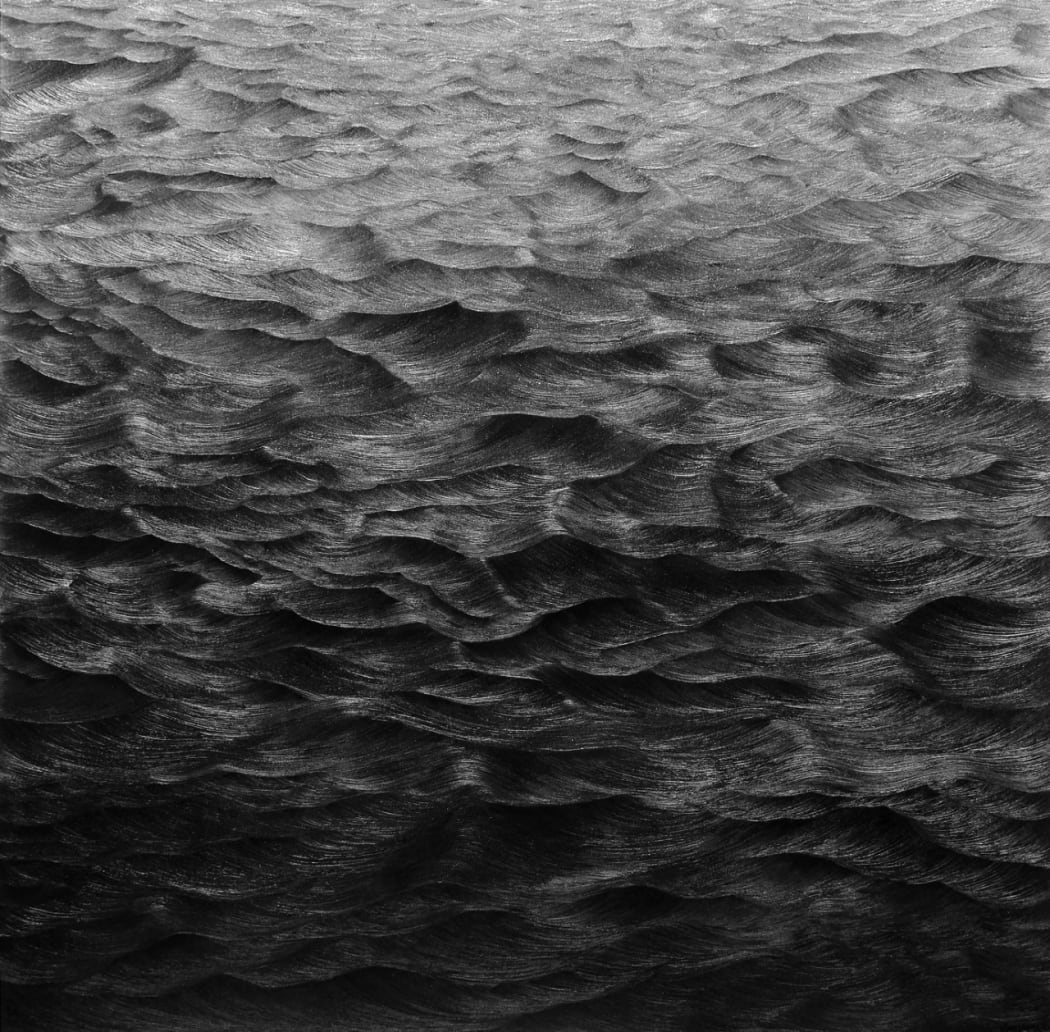 Karen Gunderson, Fast Running Silver Sea, 2018, Oil on linen, 50 x 50 in
Karen Gunderson, Fast Running Silver Sea, 2018, Oil on linen, 50 x 50 inArtist of the Month: March
Karen GundersonKaren Gunderson was born in Racine, Wisconsin. She earned her MA of Fine Arts from the University of Iowa and has since received many honors and awards, including a Lorenzo Magnifico Prize in Painting at the 2001 Florence Biennale, Italy. Significant solo exhibitions include: the Charles A. Wustum Art Museum, Wisconsin, 1985; Brattleborough Museum Art Center, 2002; Circulo de Bellas Artes, Madrid, 2004; Museum of Gdansk, 2009 and Bahrain National Museum, 2010. Her paintings were included in the ART in Embassies US program in Togo, West Africa 2000 and in Manama, Bahrain, 2010. Gunderson’s work was exhibited in Belgium in 2016, curated by Barbara Rose.
Beginning in the 1980s, Gunderson developed her own style and language of painting in which she applies black oil paint with innovative brush strokes. She uses five different hues of black and by scoring the surface to create impasto she manipulates the reflections of light to generates extraordinary effects - in her sea paintings, for example, the viewer experiences an illusion of movement in the waves and clouds as they walk around the canvas. One could accurately describe her medium as ‘light on oil paint on canvas’.
“In essence Gunderson directs the reflection of light, controlling the physics of illumination and transforming the painting’s shimmer of glistening black, creating the image out of pure light.”
- Mark Daniel Cohen.
-
 Untitled, 1964
Untitled, 1964Artist of the Month: February
Norman BluhmOne of the most innovative artists associated with Abstract Expressionism, Bluhm’s work fell into relative obscurity over the past two decades. Two major reasons are his multifaceted style, which has made his work difficult to categorise, and the fact that a leading dealer did not champion him during his lifetime. But attention to his work is gaining much momentum, with major exhibitions taking place recent years. The quality of Bluhm’s work certainly deserves much greater recognition, and, in our opinion, his paintings are undervalued compared to his contemporaries and friends.
In a career spanning six decades, Bluhm essentially produced four bodies of work, from his Surrealist-inspired figurative paintings of the 1940s to his large-scale, almost diagrammatic paintings of the 1990s. During 1959 -1963 he embraced an open and gestural style that resonated with the New York School, but remained resolutely his own. It was also at this time that Bluhm started showing at Leo Castelli Gallery, launching his career in earnest.
At the age of 16 Bluhm became Mies van der Rohe’s youngest student at the Armour Institute of Technology, where he studied Bauhaus architecture. Following the Japanese attack on Pearl Harbour, at the age of 20 he enlisted in the army as a bomber pilot, flying in 44 missions until he was sent home severely wounded. WWII profoundly affected Bluhm, as it did many artists of his generation. He did not return to his architectural training and instead went to study art in Paris, with aid from the GI Bill, where he was instantly integrated into the dynamic artistic scene, sharing a studio with Sam Francis and meeting figures such as Giacometti, Cocteau and Riopelle. Bluhm became very close with Matisse's son-in-law, Georges Duthuit, and it was his wife, Matisse's daughter Marguerite, who purchased Bluhm's first paintings in Paris.
Following a divorce, Bluhm returned to the United States in 1956, fatefully the year of Pollock's death, which was also the year of the seminal Jackson Pollock memorial retrospective at MOMA. This exhibition undoubtedly had a great impact on Bluhm, who went on to frequently spend time at the Cedar Tavern with artists who were establishing the New York School. Upon his relocation to America, Bluhm rejected the aesthetic of the École de Paris altogether and instead devoted himself exclusively to De Kooning and Pollock as his main sources of inspiration. Like Sam Francis and Pollock, Bluhm championed the all-over technique of painting, conveying vigorous painterly rhythms in his work through gestural abstraction.
Given his originality and prominent position amongst the second generation of Abstract Expressionist painters, Bluhm’s paintings are still a relative bargain. His works from the late 1950s and early 1960s command the highest prices at auction; indeed, his top prices of $1.14m and $722,000 were achieved by two works from 1959 and the fourteen prices that follow were for works painted before 1964.
Bluhm’s work can be found in numerous major public collections, including the Metropolitan Museum of Art, Smithsonian American Art Museum, Hirshhorn Museum and Sculpture Garden, Harvard University Art Museums, Cleveland Museum of Art, Addison Gallery of American Art and Ball State Museum of Art in Indiana. Galerie Stadler held solo exhibitions of Bluhm's work in 1968, 1970, 1972, 1982 and 1988.
-
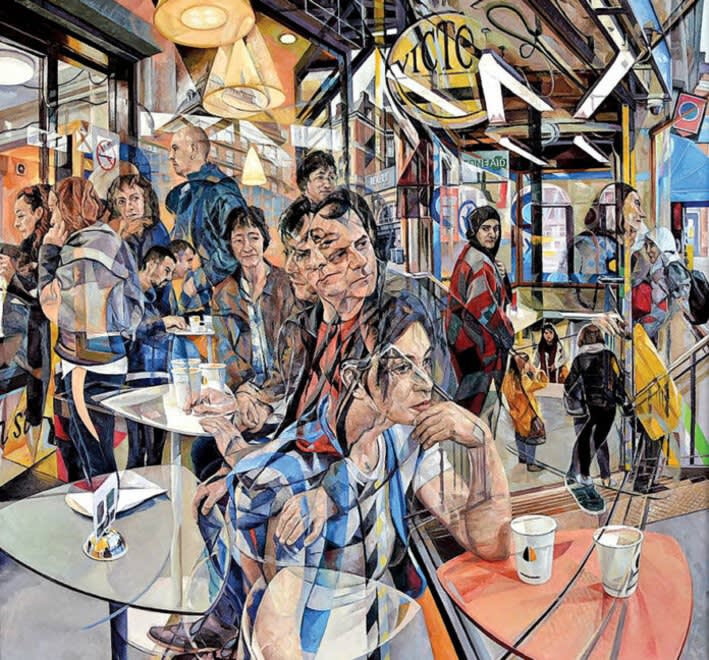 Calder's Ascension, 2017
Calder's Ascension, 2017